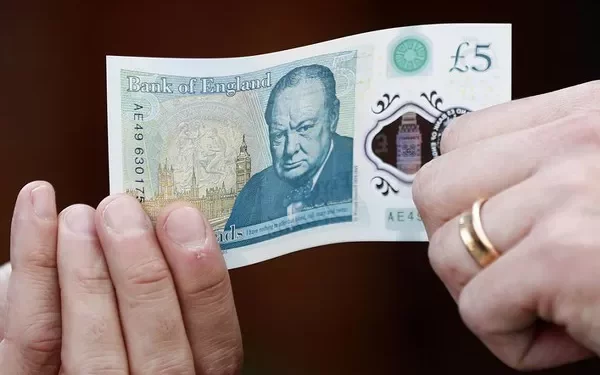The Bank of England is responsible for maintaining economic stability in the UK, and one of its key functions is controlling inflation. Inflation is the rate at which the general level of prices for goods and services is rising, which can erode the value of money over time and reduce people’s purchasing power.
To control inflation, the Bank of England uses a variety of tools and strategies, including:
Monetary policy: The Bank of England’s Monetary Policy Committee (MPC) sets interest rates, which can influence borrowing and lending in the economy. Higher interest rates can reduce borrowing and spending, which can help to reduce demand and control inflation.
Quantitative easing: As mentioned in the previous article, the Bank of England can create new money to purchase assets, such as government bonds, from financial institutions. This can increase the amount of money in circulation and stimulate economic growth, but it can also increase inflation if not managed carefully.
Exchange rate management: The value of the pound sterling can affect the prices of imported goods and services, which can in turn influence inflation. The Bank of England can use foreign exchange reserves to influence the exchange rate and control inflation.
Financial regulation: The Bank of England works to regulate the financial sector and promote stability in the banking system. This can help to prevent financial crises that can lead to inflation.
In addition to these strategies, the Bank of England also closely monitors economic indicators, such as the Consumer Price Index (CPI), to track inflation trends and make adjustments to its policies as needed.
Overall, the Bank of England’s role in controlling inflation is a complex and important one. By using a combination of monetary policy, quantitative easing, exchange rate management, and financial regulation, the Bank of England aims to maintain a stable and healthy economy for the benefit of all UK residents.


























